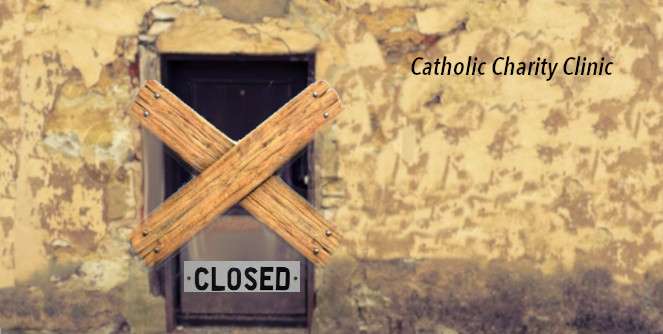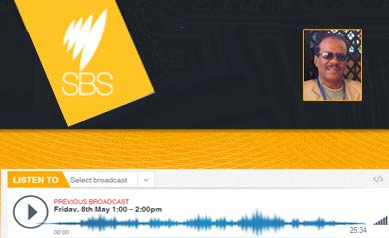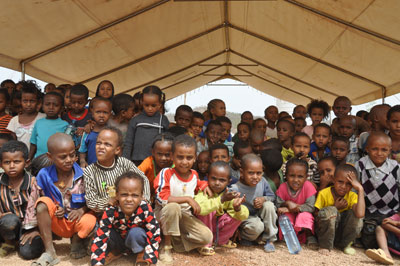The Past & The Future: Versions Of History
 One of the most difficult political hurdles that blocks creating and shaping a common future is the failure to reconcile with the past.
One of the most difficult political hurdles that blocks creating and shaping a common future is the failure to reconcile with the past.
Eritreans are not only writing with different alphabets, but also reading different versions of their history – a case in the point is the chapter of the armed struggle?
If you ask any ex-ELF member (of the different factions ) about that era he will say: ELF was the vanguard of the armed struggle, nationwide & inclusive organization that scored great victories against the enemy, but at the end it was the victim of a conspiracy—internally from EPLF and externally from the Sudanese regime under Numeri.
If you ask the same question to an ex-EPLF member or an active member of PFDJ, the answer is: ELF was a “reactionary” organization with a weak leadership, and was not inclusive and couldn’t rise up to the challenges. Therefore, it gave way to the eligible and qualified organization, the EPLF! There might be some truth in each version, but which version should we pass to the new generation?
Sometimes you come across expressions and descriptions related to that era referring to the ELF as being a Tigre, Beni-Amer, organization! How did a writer reach to such a conclusion? Did he examine the social and cultural composition of the leadership or the contents and objectives of the organization’s programs? Tigre, Beni-Amer started the armed struggle, yes, but then the ELF became a national & inclusive organization. All Eritreans: Moslems & Christians, Highlands &Lowlands, Ethnic &Cultural groups were involved.
Let us examine each organization’s components and see if we can reach the same conclusion; but before we do that, I would like to clarify one point related to the social and cultural structure of the lowlands.
Some ethnic Tigrigna elites get confused about that issue and fail to differentiate between Barka region on one hand, and Gash-Setit region on the other. Here is a quick geographical reading of the two regions—before the demographic changes imposed by the PFDJ.
- Barka: the main inhabitants are Beni-Amer and Hidareb together with other Nilotic tribes. The majority are Moslems who move around looking for means of survival for their herds. They are known for their patience and tolerance.
- Gash-Setit: This is a region of multicultural, multi ethnic and multi religious communities. Even the Tigre community in this area has its special characteristics and differs from that of Barka (lifestyle and cultural heritage). People here are more energetic (farmers), their culture is interconnected and intermingled with other ethnic groups.
Taking the above background into account, let us examine the social composition and structure of ELF.
I. The Leadership
- The High Council – 1961-1968: The political leadership and top authority of the ELF organization: members were from different regions of Eritrea: Gash Setit, Red Sea and Highlands (including Jeberti & ethnic Tigrigna). Only the chairperson was from a Beni-Amer; what a coincidence, he happens to be a chairperson of the Eritrean Parliament in the past! Can we say that our parliament was dominated by Tigre, Beni-Amer?
- The Military Zones (1965-1968): That was the second level of administration—Eritrea was divided into five military zones, each managed by a leadership composed of five persons. Tigre leaders were only in zone one and zone four representing Barka, Gash—Setit and Red sea. The leaders of zone five were ethnic Tigrigna, while zone three had Saho leaders zone two had Bilen leaders. Appointment was made on the basis of experience (in the Sudanese Army) and representation of the socio-cultural composition of the region.
- The 38-member General Command (1969—1971): there were only seven Beni-Amer members, and all were trained overseas on had military qualifications—the chairperson was not a Tigre.
- Revolutionary Council (1971—1975): The fifteen member RC had only two Beni-Amer members.
- Revolutionary Council (1975-1981): Of the forty-one member, more than 60% were not Tigre.
The Army: the composition of the army was dynamic and was changing year after year; by 1978, the percentage of ethnic Tigrigna combatants reached 65%! (From the archives of the Military Office).
Ironically, in the same period, the percentage of fighters from Tigre background in the EPLF and other smaller factions (PLF & RC-Baath) was more than that within the ELF (Sahel, Semher , Maria and even Beni-Amer)!?
The Program: The first document published by the ELF in 1961 (the constitution , aims and objectives ), states that its goal is the liberation of Eritrea (all land and people ) and it adopted Arabic and Tigrigna as official languages. In the First National Congress of 1971 (a national democratic program was adopted—the first ever in the political history of Eritrea. In 1975, it was revised and enriched—and there was not a single word about Tigre or Beni-Amer privilege or domination!
In 1976, the EPLF copied that program, distorted it and published it in a different version in a way that serves the aims and objectives of ethnic Tigrigna chauvinism.
Today, it is the power of the state that is dictating and circulating that version of history while excluding and marginalizing the rest of the nation.
Those who believe in and follow a certain version of the past will adopt a different vision for the future; that is why it is impossible to have a common future with PFDJ.
What we have to do in response is to stand on our feet, keep our collective memory fresh and active and pass our version to the new generation.
Eritrean Independence was the outcome of a collective struggles and sacrifices, therefore it should not be written unilaterally—by one group.
One of those days it will happen as it did in Tunisia and Egypt, and history will be re-written, we will reconcile with our past and a new vision for the future will be in place. As the saying goes: You can cut the flowers, but you cannot stop spring from coming!!
God bless Eritrea.
Next: A Dialogue with Semere Tesfai ?




Awate Forum